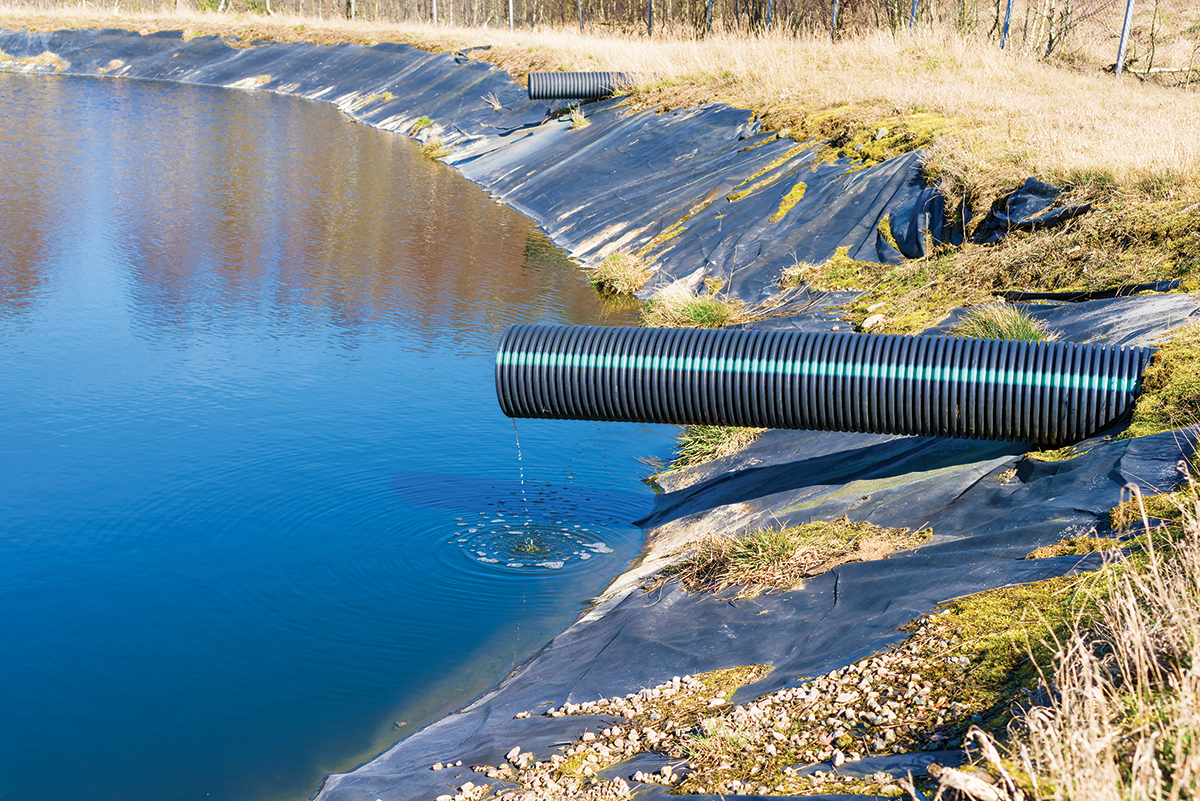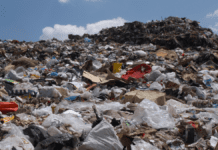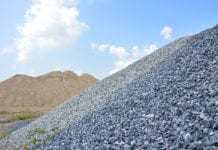
The microplastic pollution that turns up in landfill leachate has received much less attention than the stuff appearing in wastewater, and there seem to be far fewer studies exploring it. Envirotec comes across a recent summary of the situation.
The avenues by which microplastics find their way into landfills are obviously numerous, with the toxic load receiving a notable fillip from the events of 2020, and an estimated 129 billion face masks and 65 billion gloves finding their way into waste streams.
Certainly there’s a lot of it. According to the OECD, in 2019, 50% of the world’s plastic waste was landfilled, 19% was incinerated, 9% was recycled and 22% was mismanaged.1
An article appearing in the Elsevier journal Desalination and Water Treatment in June2 attempts a survey of the topic, and summarizes the current status of microplastics in landfill leachate, including aspects such as their source, abundance, characteristics (polymer types, shapes, and sizes), suitable remediation techniques, and environmental impacts.
Microplastics in landfill leachate are mainly produced from the fragmentation of larger plastic items, so its abundance will be determined by the various physical, chemical, biological, thermal and other processes occurring therein, and the environmental conditions (with plastics’ fragmentation hastened by the influence of UV radiation, for example).
The paper identifies a number of gaps in the research. For want of a standardized method of analysis for microplastics, it is impossible to compare landfill leachates from different places and different studies. So there is an urgent need to develop one.
A handful of studies focus on the size of MP occurring in leachates, but size estimates seem to vary widely, with particles generally occurring within the range of 1 µm-5000 µm.
The concentration of MPs also varies a great deal between landfill sites, it seems, and the authors cite a study in Hong Kong which found that MPs (> 100 µm) in raw landfill leachate from a landfill that had been in use since 1995 was 507.6 ± 37.3 items/L. The variation appears to track the wide variance between countries in terms of population levels, waste management strategies, living standards and consumption habits.
The age of a landfill is a good indicator of the type of plastic polymers that show up, with the authors noting a 2019 study showing that PE, PP, and PET occur more in young and medium-aged leachate, and less (or not at all) in old leachate. Cellophane MPs were also more a feature of younger leahate,
How good are landfill liners, when it comes to keeping the stuff in? High-density PE (HDPE) geomembranes are widely used in landfills and offer high resistance to chemicals and durability. But their long-term performance depends on exposure conditions and temperatures.
HDPE geomembranes in landfill have to weather the rigours of leachate comprising a wide range of contaminants. The authors cite a study by Zhang et al. (2024), which demonstrated that “HDPE-type MPs were not detected in the leachate of household food waste and that HDPE MPs constituted less than 1% of the residual waste leachate.” But, on the other hand, say the authors, the same study found a higher proportion of HDPE MPs (approx. 10 %) in the leachate of two different landfills, with one having been in operation for 16 years and the other for 8 years. Both had HDPE geomembranes.
The authors note: “Researchers have suggested that geomembranes may break with long-term storage and release MPs, leading to HDPE contamination in landfill leachate.”
Another important issue is remediation, and how best to remove microplastics from leachate. The paper looks at physical, biological and chemical treatment processes, and the use of wetlands. In terms of physical treatment, the authors give various reasons to consider sand filtration for leachate. Biological treatment is not suitable for old landfill sites.
Membrane processes are currently the best way of removing them from water, say the authors, so this looks like the most promising avenue to explore.
Notes
[1] “Microplastics in landfill leachate: Sources, abundance, characteristics, remediation approaches and future perspective”, Desalination and Water Treatment. https://doi.org/10.1016/j.dwt.2024.100445
[2] ibid






